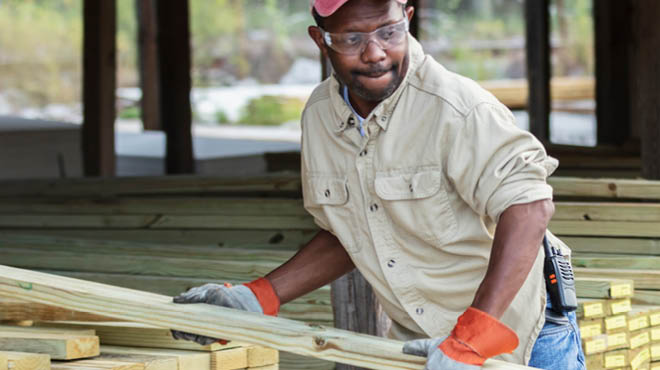Recent Posts
-

-
 Patient StoriesA lifesaver saved: An EMS veteran’s journey from rescue to recoveryNovember 14, 2025
Patient StoriesA lifesaver saved: An EMS veteran’s journey from rescue to recoveryNovember 14, 2025 -

Treatment options for men with urinary leakage

Urinary incontinence is a common and often embarrassing condition that results in the unintentional loss of urine. While women are more likely than men to experience symptoms of urinary incontinence, it can be particularly troublesome for men.
About 3% to 10% of men will experience symptoms in their lifetimes and report a high level of associated stress due to the condition. Some men say they would rather be impotent than incontinent.
Gender differences
Both genders can have urinary incontinence, but their experiences may differ. Often, people have similar symptoms, such as increased frequency and urgency. However, waking up in the night to urinate — called nocturia — is more common in men.
Men are more likely to have urge incontinence than stress incontinence. This occurs when there is a compelling and sudden urge to void that cannot be delayed or postponed and results in urine leakage. About 80% of men with urinary incontinence experience urge incontinence, compared to 31% of women.
Stress incontinence is more common in women, with about 48% of all instances. It accounts for only about 10% of instances in men. It is possible to have urge and stress incontinence simultaneously.
Urge incontinence imposes restrictions on a person's lifestyle, with many people practicing toilet mapping strategies and limiting social gatherings because they are afraid of being embarrassed in public.
Structural changes in the pelvic floor area can cause urinary incontinence. For men, the most common change is an enlarged prostate — called benign prostatic hyperplasia. As the prostate grows, it can cause frequent or urgent need to urinate, nocturia and many other symptoms. Furthermore, surgery on the prostate can lead to damage of the sphincter muscle, which can lead to stress urinary incontinence. In women, pregnancy and vaginal delivery can damage or weaken pelvic floor muscles.
Finally, urinary incontinence symptoms are more likely to be overlooked in men. This could because it's less common because of embarrassment to discuss it or other factors.
Treatment options for men
The good news is that urge and stress urinary incontinence can be treated. A combination of treatments may be needed. Usually, the health care team recommends less-invasive treatments to start with and move on to other options if these techniques fail to help the person.
Treatment options include:
- Behavioral techniques
Lifestyle changes can improve in urinary incontinence symptoms in some people. This could include bladder training, double voiding and scheduled toilet trips. The health care team may recommend reducing or avoiding alcohol, caffeine or acidic foods that stimulate the bladder. - Pelvic floor muscle exercises
These exercises are not just for women. These exercises strengthen the muscles that control urination and support the bladder and penis. - Medications
Alpha blocker medications can relax bladder neck muscles and muscle fibers in the prostate and make it easier to empty the bladder. Mirabegron is another medication used to relax the bladder muscle and increase the amount of urine the bladder can hold. - Benign prostatic hyperplasia treatments
Several effective treatments for prostate gland enlargement are available, including medications, minimally invasive therapies and surgery. The health care team will recommend the best approach based on a person's symptoms, size of the prostate, preferences and other health conditions. - Slings or artificial urinary sphincter
Men with stress urinary incontinence may benefit from a surgery to prevent unintentional urinary leakage. Your health care team will determine if you are a good candidate for this type of surgery based on history and physical exam.
Some men feel embarrassed about their bladder control problems. They may try to cope on their own by wearing absorbent pads, carrying extra clothes or not going out. But effective treatments are available for urinary incontinence. It's important to talk with your health care team about treatment to regain an active and confident life.
By Mayo Clinic Health System staff


